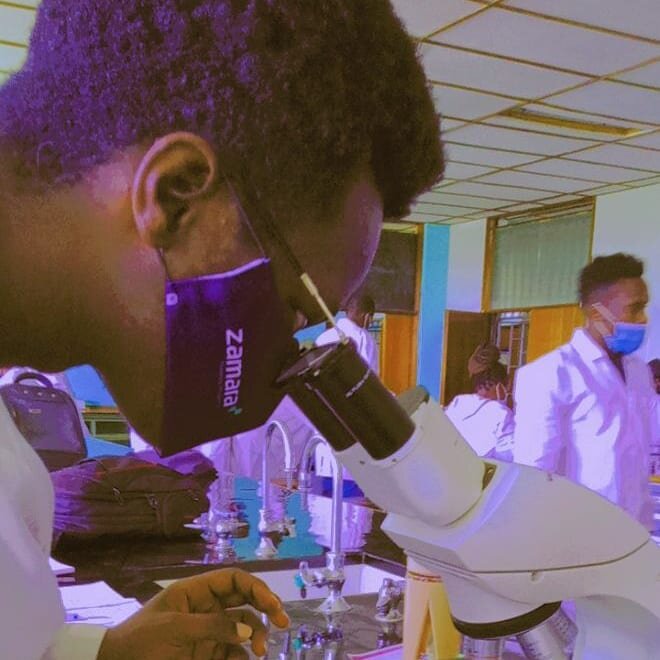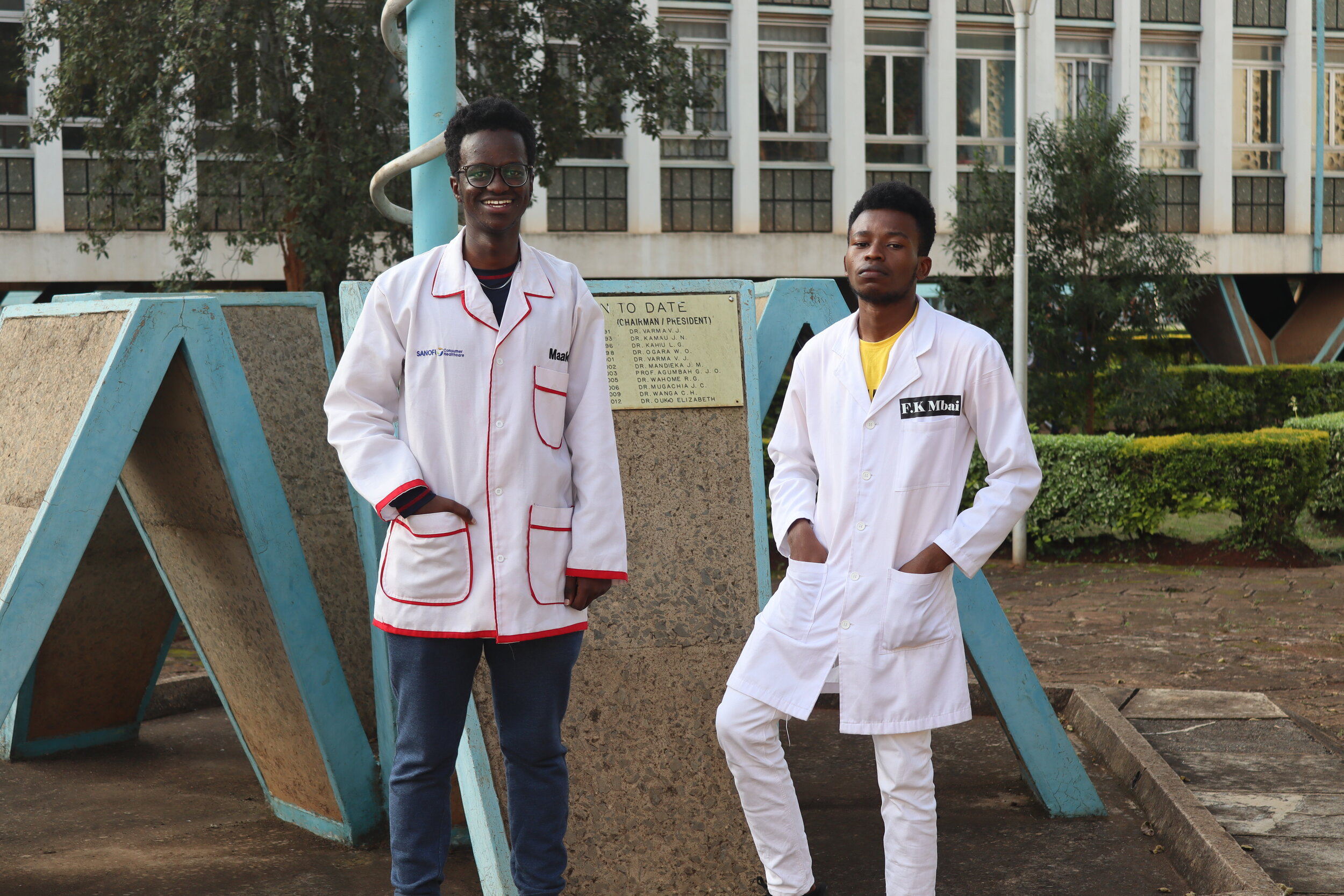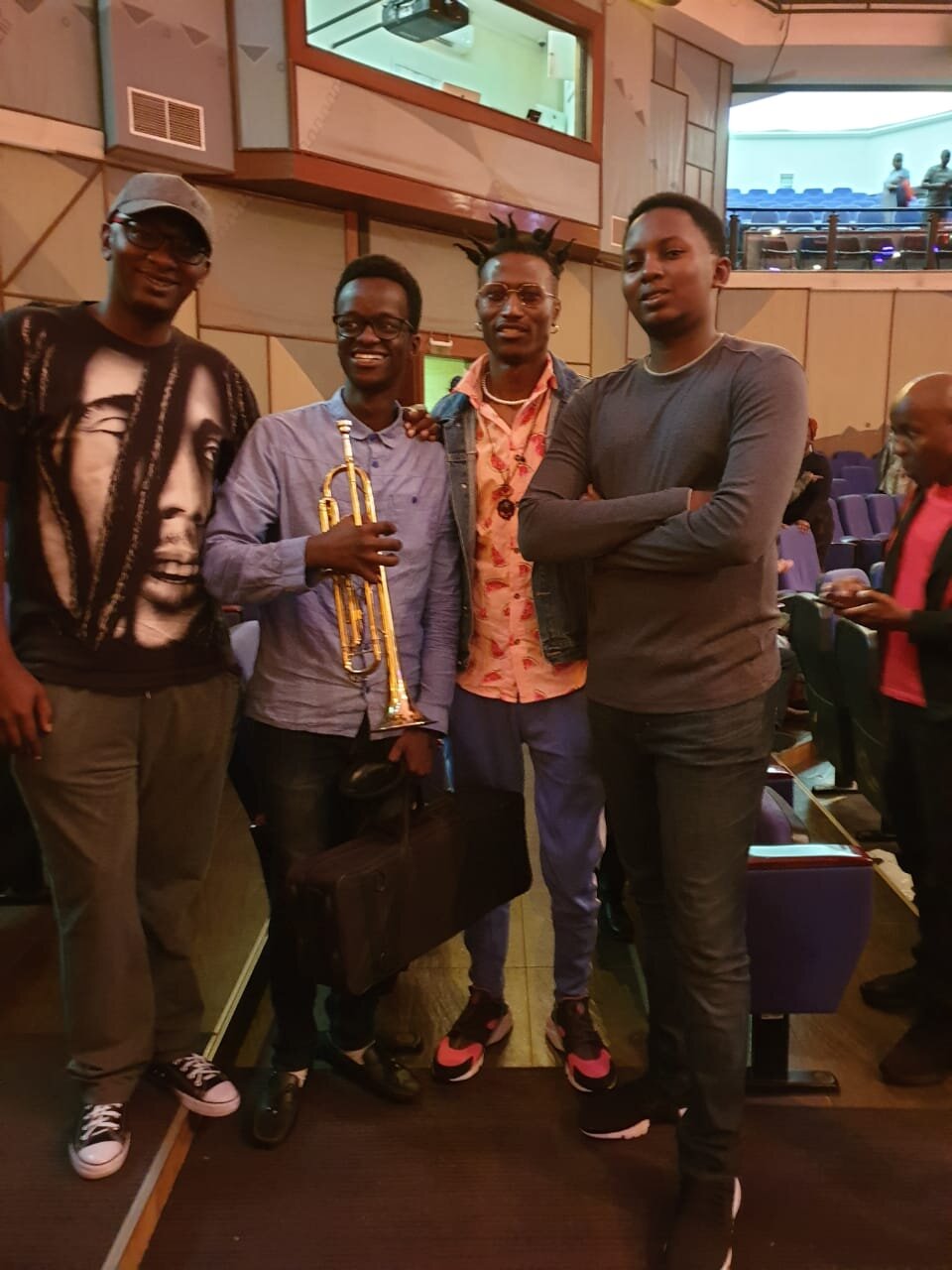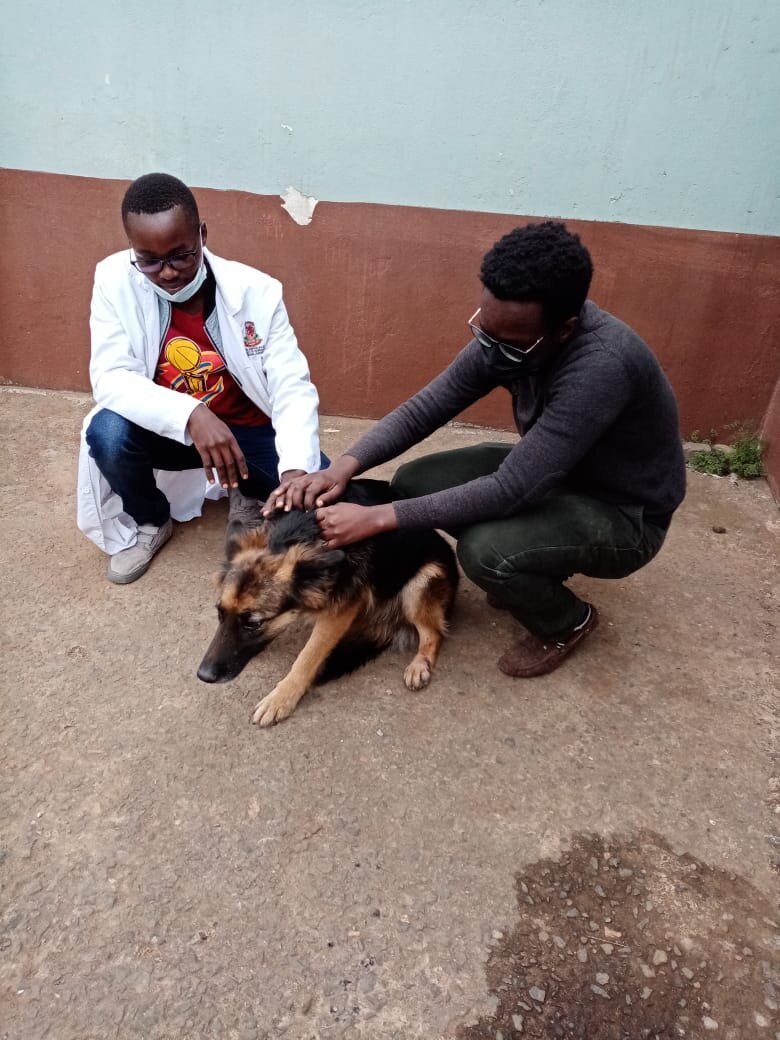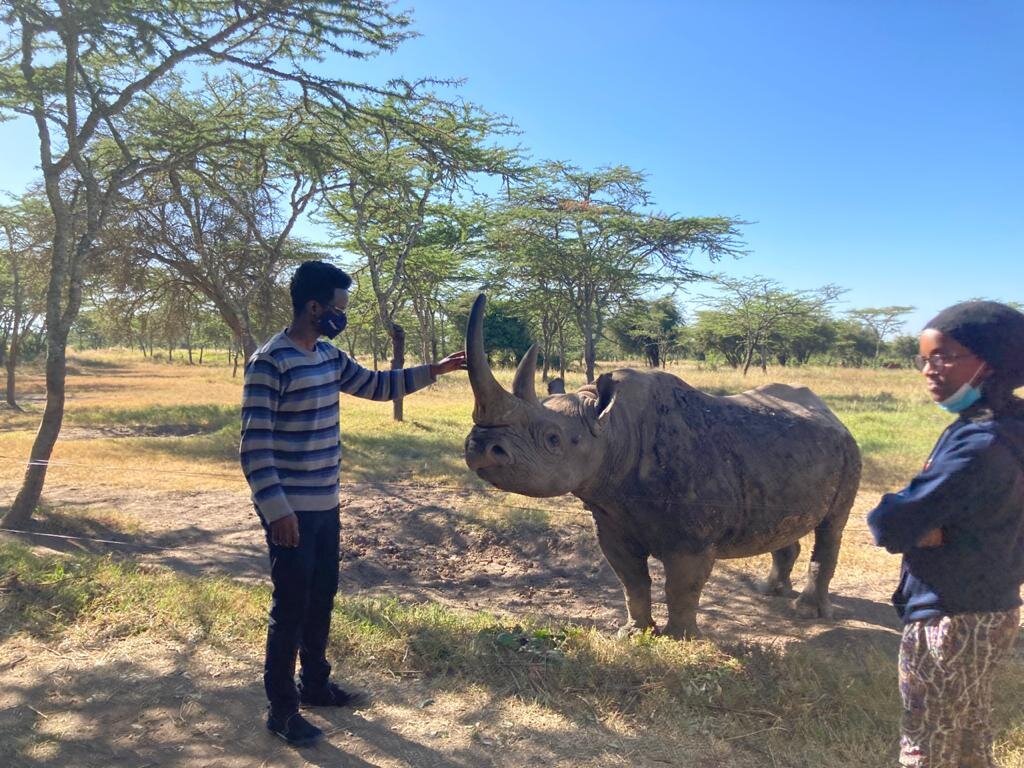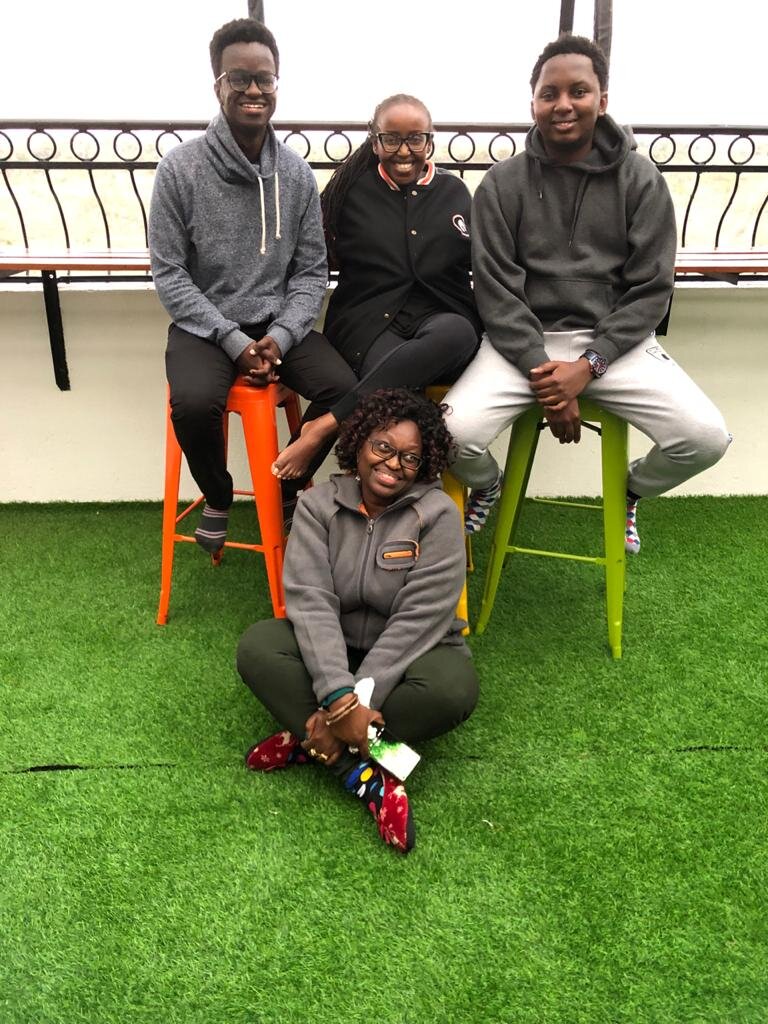Day in the life with Kenyan vet student Lenny Mureithi
Our experiences with veterinary medicine in Kenya is quite unique from the rest of the world. I have dedicated my free time on my Instagram channel to share the our experiences with the world.
The global pandemic has been a blessing and a curse in my journey. During the pandemic, our classes have shifted to online lectures. Interships and externship positions are very rarely offered now, for obvious reasons. I hav been very lucky because I did find some hands on experiences to feed my hunger for knowledge use what I have learned in my lectures into practice.
This is a day in the life of Lenny Mengere Mureithi - The Millennial Vet. A Fourth Year Student of Veterinary Medicine, University of Nairobi: College of Agriculture and Veterinary Sciences.
Breakfast – The dawn of a new day
I am a night owl; which translates to me not being an early morning person. My day begins somewhere between 6:30AM and 7:00AM.
A morning prayer to start my day, followed by the basics like spreading my bed and my ablutions and finally, my favorite part of the morning, breakfast. I enjoy our renowned, authentic Kenyan Breakfast: “Nduma” (arrowroots), “Ngwaci” (sweet potatoes) or bread washed down with ginger and cinnamon tea.
Afterwards, I review my schedule for the day, which I normally plan the night before.
Mornings.
Mornings differ depending on whether class is in session or not. When I’m in session, mornings are often jam packed with lectures. I’d leave home and head on to school for 8:00AM lectures.
Sometimes, I have hands on training at a local veterinary clinic. Naturally, I enjoy the clinic a lot. On normal days, there are scheduled vaccinations, house and farm calls and, minor surgeries. On rare but extremely exciting occasions do we handle exotic animals and birds.
My favorite parts of school is surgery and pharmacology!
Lunch
My typical lunch features a lot street food when I’m on campus. Some examples include: “Smokie Pasua” (which is basically a smokies/sausages stuffed with Kachumbari; onions and tomatoes; wrapped in chapatti, Chapatti and beef stew or street fries with some salad on the side.
I love this food because it is not only tasty, but it is also affordable to any student in Kenya. I really enjoy having lunch with my classmates as we discuss classes or strange cases we have worked with.
Lectures and Study.
My morning lectures start at 8:00AM and end around 10:00AM. This is followed by A 30-minute tea break. After that, we are back in lectures again until lunch (12:30PM). After lunch we go back to classes again until 4:00PM. Wednesday is my short day, classes end at lunch.
Dinner
Dinner at home is at 6:30PM. My favorite serving is our cultural food: Ugali served with a mixture of greens (which we call “Nyeni”) such as kales and spinach; and chicken. I enjoy having it with my family at the table as we talk about our day. After family time, I go study till around 10:30PM and sleep at around 11:00PM.
I like to study alone at night. I have a quiet room and I spend the evening review notes and trying to understand concepts taught in my lectures. I have a system that I use to study, I study for 30-40 minutes and then take a 10 minute break. This way, seems to work the best for me.
Hobbies and interests.
Veterinary medicine is my career, but I do have a lot to do when I’m not in scrubs or a lab coat.
I am a music enthusiast. I am a classically trained trumpeter. I play for The Junior Chamber Orchestra, Kenya National Youth Orchestra and the National Symphony Orchestra of Kenya. I have also featured in major productions such as Sarafina by Nairobi Performing Arts Studio; Solei and Black Monday by Khweva: Two among the biggest theatre production companies in Kenya. I have also featured in hotel events such as Valentine’s night in Cysuites Hotel in Nairobi.
I also have an Instagram page which I use to document my journey in veterinary medicine and you can follow me on Instagram @the_millenial_vet


